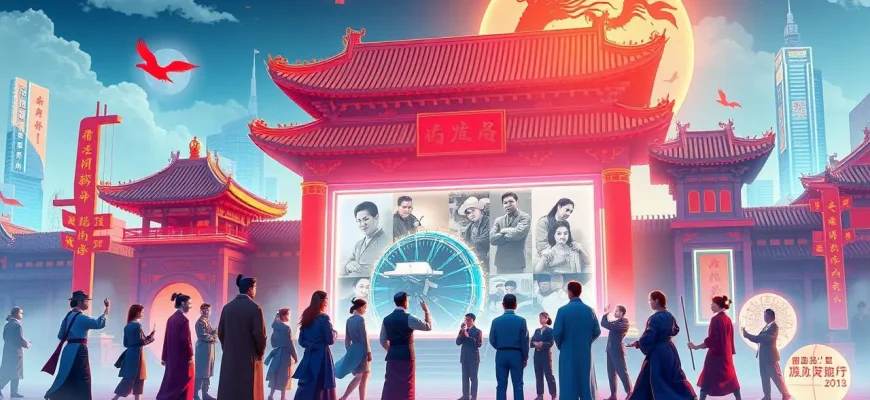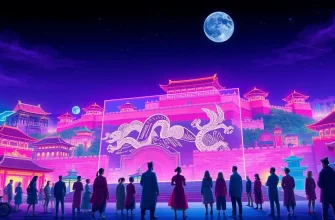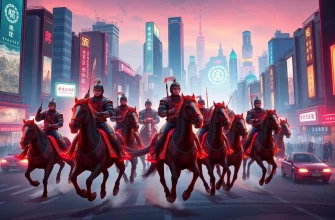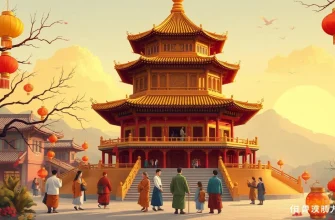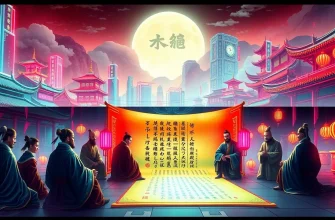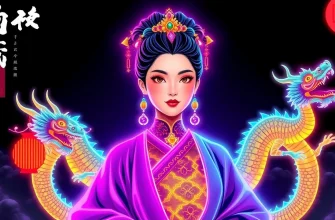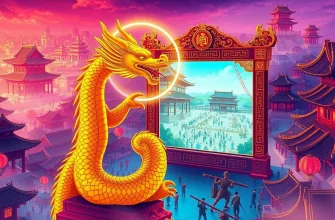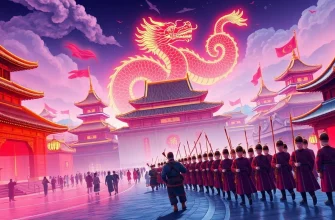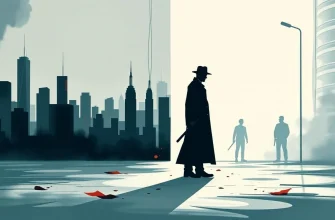Embark on a cinematic journey through time with these ten historical films that delve into the world of Chinese art. From the intricate brushstrokes of calligraphy to the dynamic movements of martial arts, these films not only entertain but also educate, providing a window into the soul of Chinese culture. Whether you're an art enthusiast or simply curious about the historical context of Chinese creativity, this collection promises to be both enlightening and visually stunning.
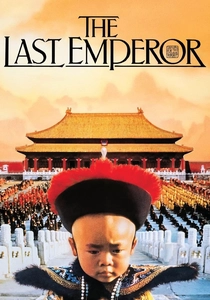
The Last Emperor (1987)
Description: This epic biopic of Puyi, the last Emperor of China, includes scenes of traditional Chinese art, from the Forbidden City's architecture to the art of imperial court life.
Fact: The film was the first Western production allowed to film in the Forbidden City, and it won nine Academy Awards, including Best Picture.
 Watch Now
Watch Now
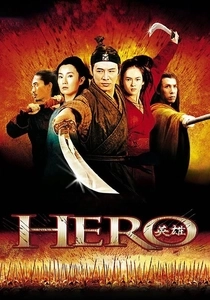
Hero (2002)
Description: Known for its stunning visual style, 'Hero' uses color and art to tell a story of ancient China, where calligraphy, music, and martial arts intertwine to create a narrative of unity and sacrifice.
Fact: The film's use of color to represent different versions of the story was a groundbreaking visual technique in Chinese cinema.
 Watch Now
Watch Now
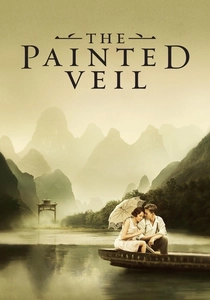
The Painted Veil (2006)
Description: While not directly about Chinese art, this film beautifully captures the backdrop of 1920s China, showcasing the influence of Western art and culture on the Chinese landscape, making it a unique entry in our list.
Fact: The film was shot on location in China, providing an authentic setting for the story. It also features a poignant score by Alexandre Desplat, enhancing the film's artistic atmosphere.
 Watch Now
Watch Now
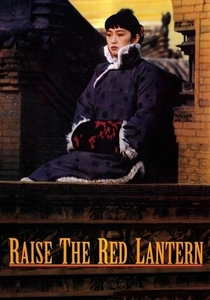
Raise the Red Lantern (1991)
Description: This film explores the life of a young woman who becomes the fourth wife of a wealthy man in 1920s China, highlighting the traditional Chinese architecture and the art of living in a feudal household.
Fact: The film's director, Zhang Yimou, is known for his visually stunning films that often focus on Chinese cultural heritage. The film was nominated for an Academy Award for Best Foreign Language Film.
 30 Days Free
30 Days Free
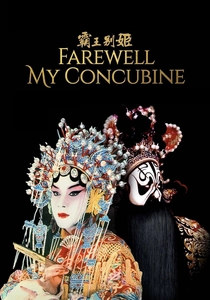
Farewell My Concubine (1993)
Description: This film follows the lives of two Peking opera stars over 50 years, offering an intimate look at the art form and its evolution through turbulent times in China.
Fact: It was the first Chinese film to win the Palme d'Or at the Cannes Film Festival.
 30 Days Free
30 Days Free
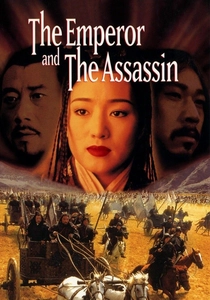
The Emperor and the Assassin (1998)
Description: This historical epic focuses on the life of Ying Zheng, the first Emperor of China, and includes scenes of ancient Chinese art, particularly in the depiction of the Terracotta Army.
Fact: The film's massive sets and costumes were meticulously recreated to reflect the Qin Dynasty's aesthetic.
 30 Days Free
30 Days Free
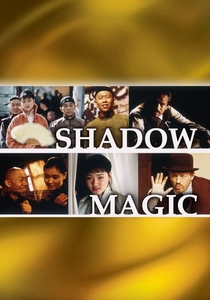
Shadow Magic (2000)
Description: Set in early 20th century Beijing, this film tells the story of the introduction of cinema to China, blending traditional Chinese art with the new art of film.
Fact: The film was inspired by the true story of the first Chinese filmmaker, and it was shot in both English and Mandarin.
 30 Days Free
30 Days Free
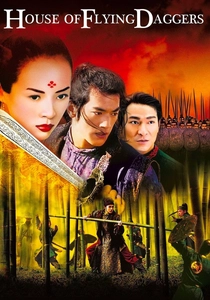
The House of Flying Daggers (2004)
Description: This film, set during the Tang Dynasty, showcases the art of dance, music, and the beauty of Chinese landscapes, making it a visual feast of historical art forms.
Fact: The film's elaborate choreography and costumes were inspired by traditional Chinese opera.
 30 Days Free
30 Days Free
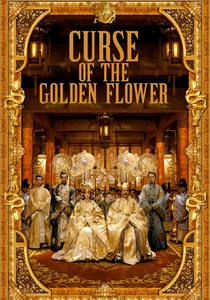
Curse of the Golden Flower (2006)
Description: Set during the Tang Dynasty, this film uses lavish sets, costumes, and the art of flower arrangement to tell a story of palace intrigue and familial conflict.
Fact: The film's production design was inspired by the Forbidden City, and it features one of the largest sets ever built for a Chinese film.
 30 Days Free
30 Days Free
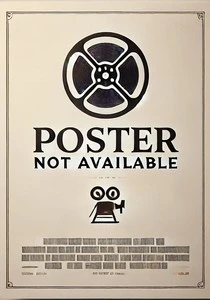
To Live (1994)
Description: Spanning several decades, this film provides a sweeping look at Chinese history, including the cultural shifts in art and expression during Mao's era.
Fact: The film was banned in China for its critical portrayal of the Cultural Revolution, but it won the Grand Jury Prize at the Cannes Film Festival.
 30 Days Free
30 Days Free

